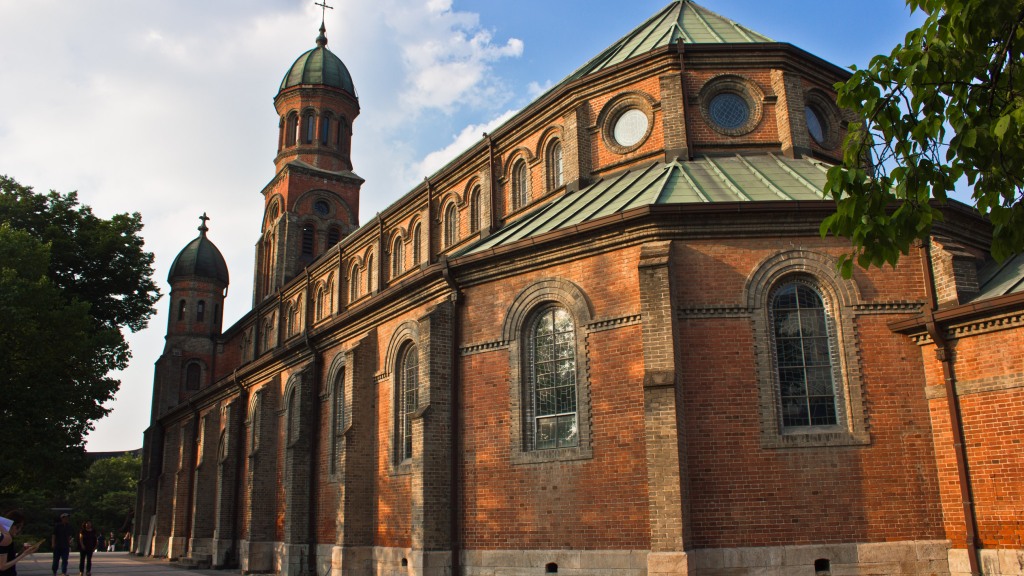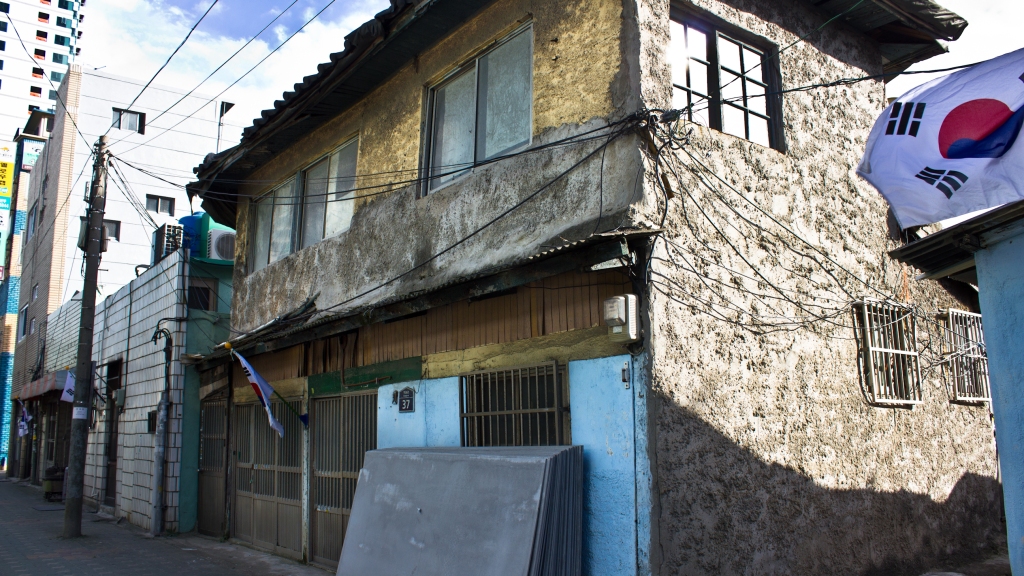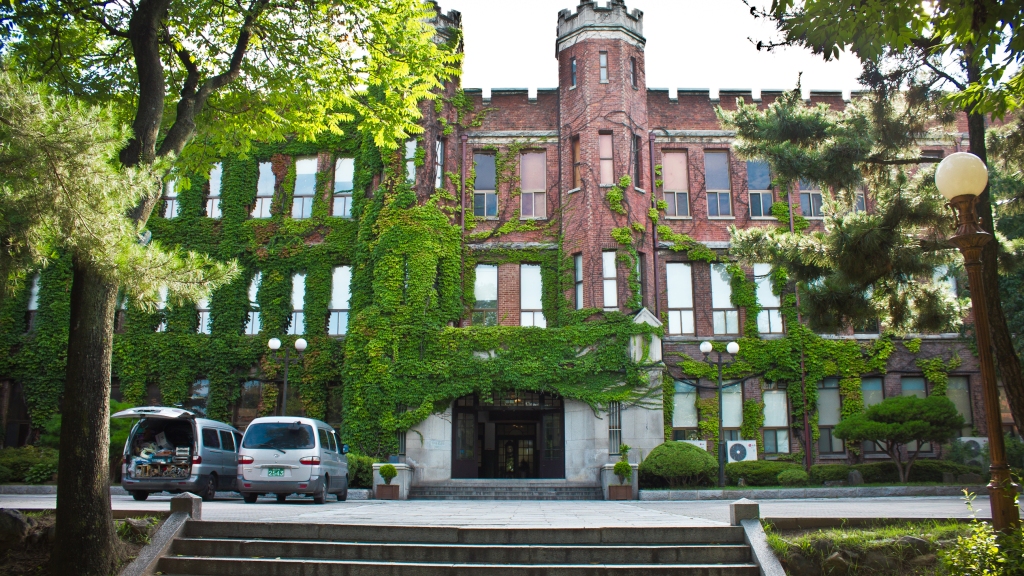The Architectural Roots of Myeongdong Cathedral
Explore the origins of Seoul’s most iconic religious structure in Volume 93 of Transactions, published this year by the Royal AsiaticContinue Reading
Early Modern Architecture in Korea
Explore the origins of Seoul’s most iconic religious structure in Volume 93 of Transactions, published this year by the Royal AsiaticContinue Reading
Almost a decade after Charles M. Dyce characterized the compradoric style of Chinese open ports, a Japanese art critic coinedContinue Reading
Before the rise of reinforced concrete, brick was the heart and soul of many an early modern building in Korea.Continue Reading
The decade prior to Jeonju’s modernization was fraught with turbulence and disorder. Like the entire nation of Joseon itself, JeonjuContinue Reading
Strategically placed in the middle of a natural harbor, and even further protected from possible Russian naval attacks by theContinue Reading
Cheongdo The county of Cheongdo (Cheongdo-gun) was named centuries before Korea’s early modern period back in 1343. Its modern administrativeContinue Reading
Despite being set apart from the rest of Busan, the island of Gadeok-do actually falls under the jurisdiction of theContinue Reading
Gangseo-gu In 1927, socialist writer Cho Myeong-hui described the Nakdong River as being “the mother’s milk of many lives” inContinue Reading
Nam-gu The majority of the hill houses in Uam-dong and Munhyeon-dong appear to be from the 1960s, with perhaps a handfulContinue Reading
Dong-gu OverviewChoryang was a fishing village, which was reportedly ‘“difficult to walk about in the fishing season because of itsContinue Reading
Jung-gu Present day Jung-gu roughly occupies what was the exclusive Japanese concession in Busan. (This included Nampo-dong, which got itsContinue Reading
Yeongdo After the port’s opening in 1876, the lands in the northern part of the island of Yeongdo, formerly knownContinue Reading
A Word About Busan and the Events Surrounding Its Opening (1850-1876) Prior to the city’s official naming in 1910, theContinue Reading
Jung-gu Continued… Namsan-dong About a block south of Seomun Market Station (Exit 3) on the Green Line is Namsan ElementaryContinue Reading
Any discourse on the colonial modernization of Daegu must be centered around the construction of Daegu Station and the dismantlingContinue Reading
Jinju is a very old city. Touted as having a thousand-year history, it used to be known as Goryeonggaya prior toContinue Reading
Jung-gu As the railway fostered development around Daejeon Station and Jung-dong, the city also expanded west into modern day Jung-gu. DaejeonContinue Reading
Daejeon was a product of colonial modernization, becoming so important that it later replaced Gongju as the seat of powerContinue Reading
Tongyeong is a small, but noteworthy, connective point along the southeast coast of Korea. Named after the Samdosugun Tongjesayeong (삼도수군통제사영) navalContinue Reading
Just to the east of Pohang lies the community of Guryongpo. An eup under Pohang’s jurisdiction, it was at one point theContinue Reading
Sorokdo’s tragic past stands as a historic example of human rights abuse – particularly abuse committed under the name ofContinue Reading



















